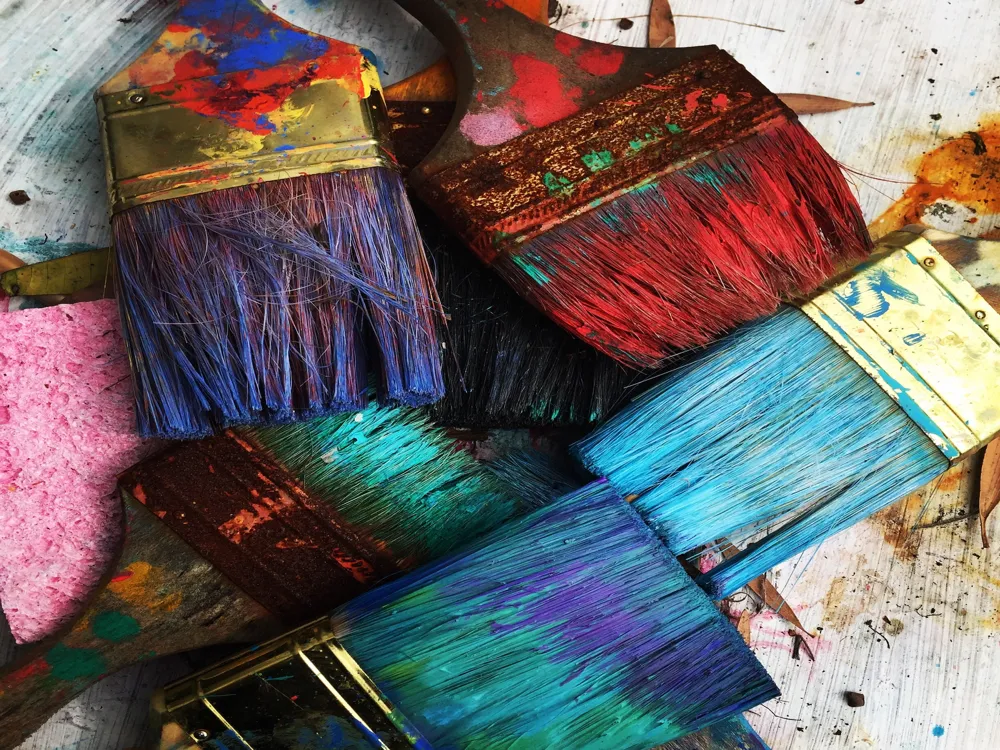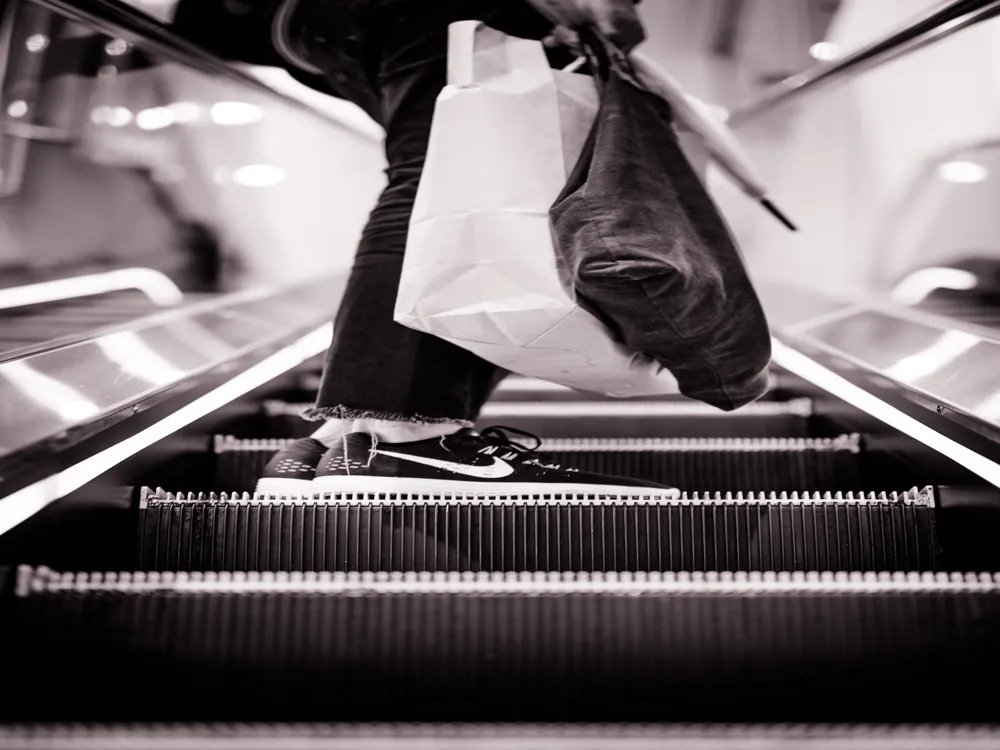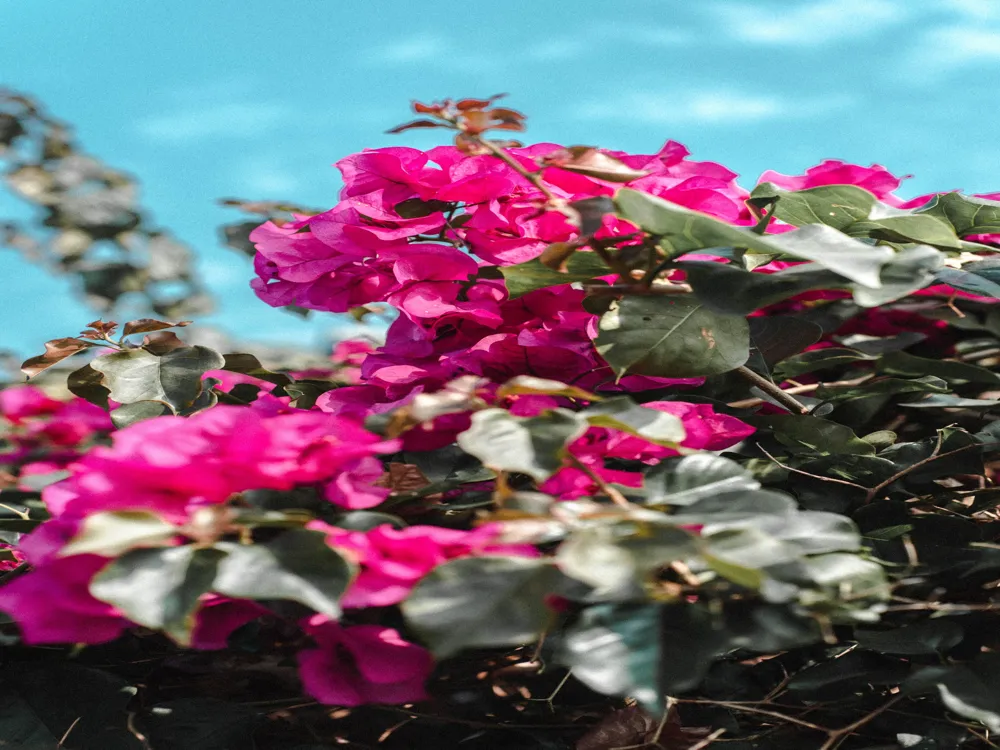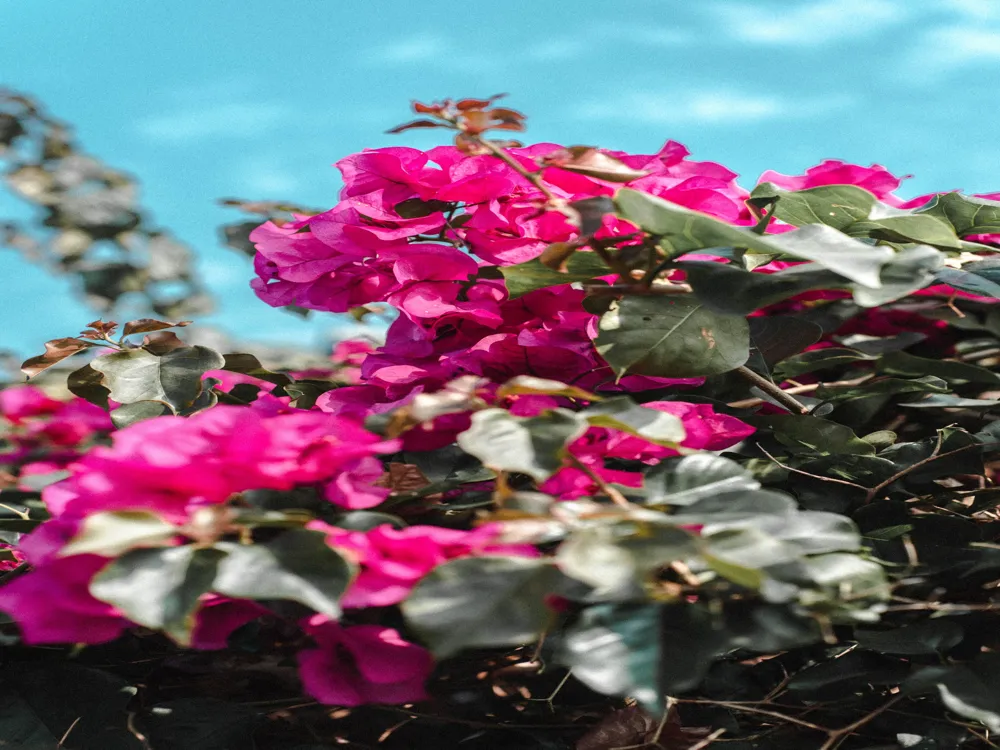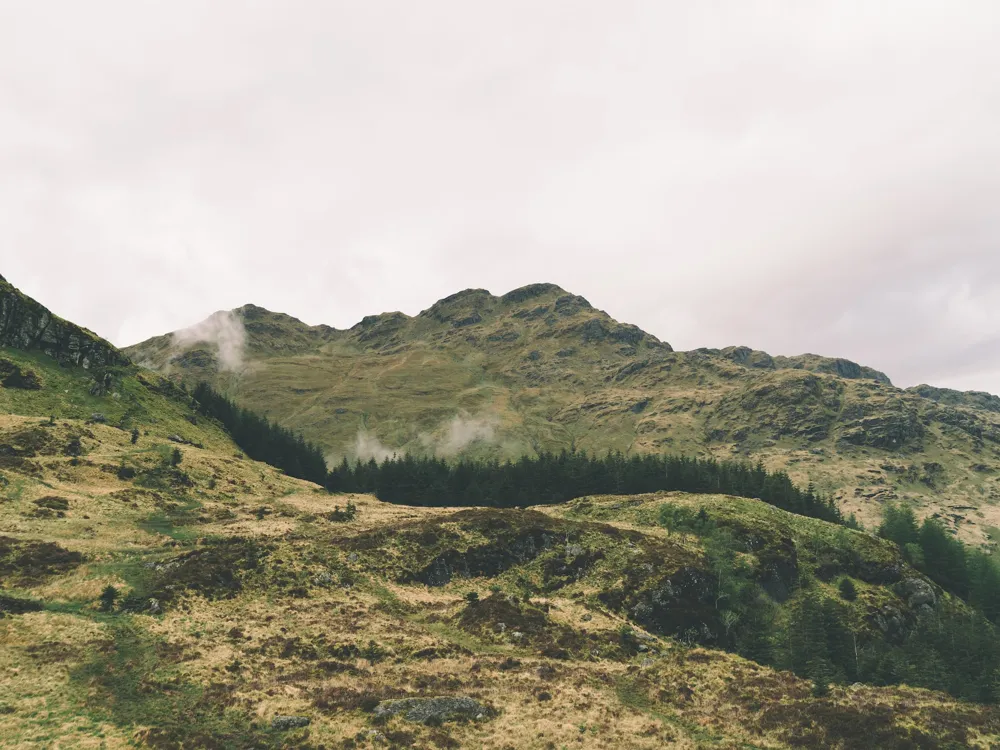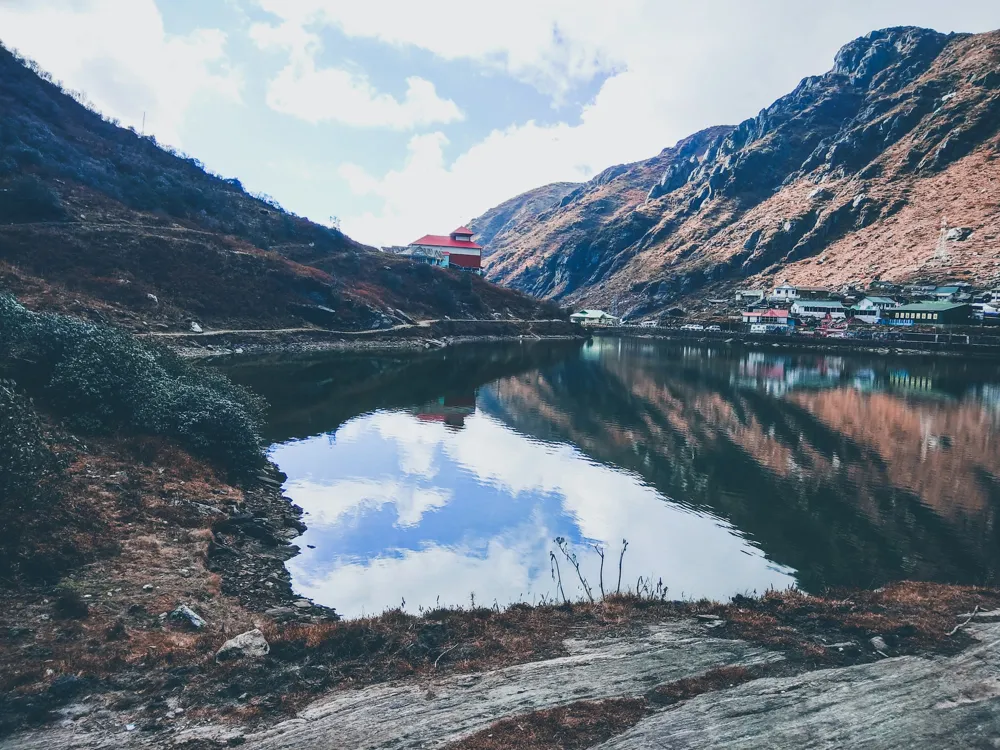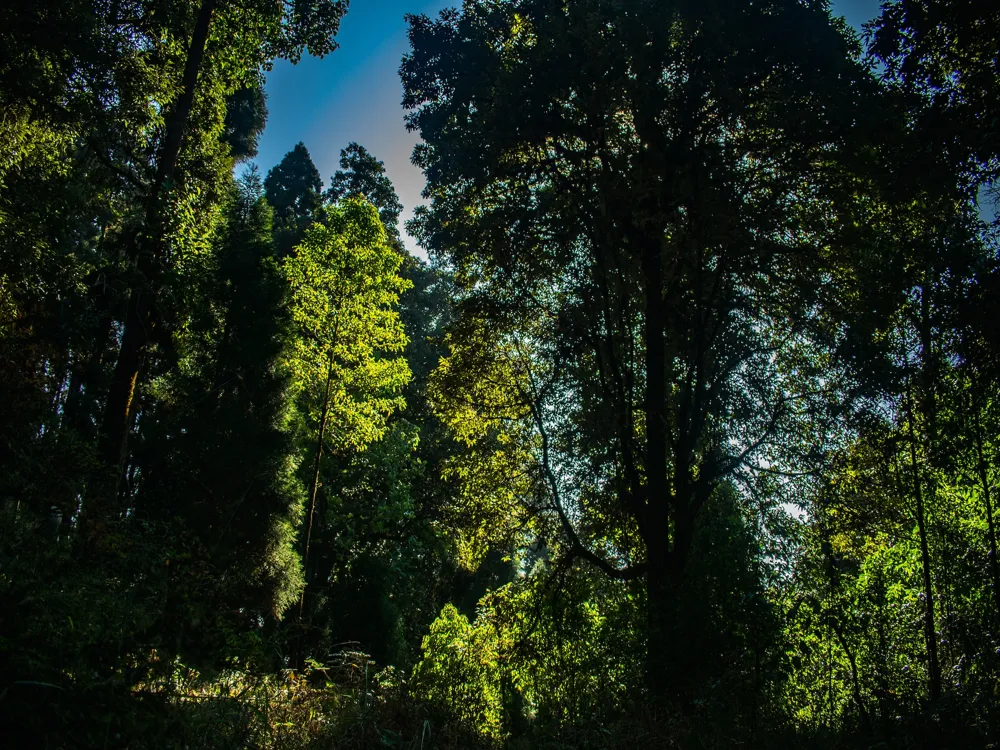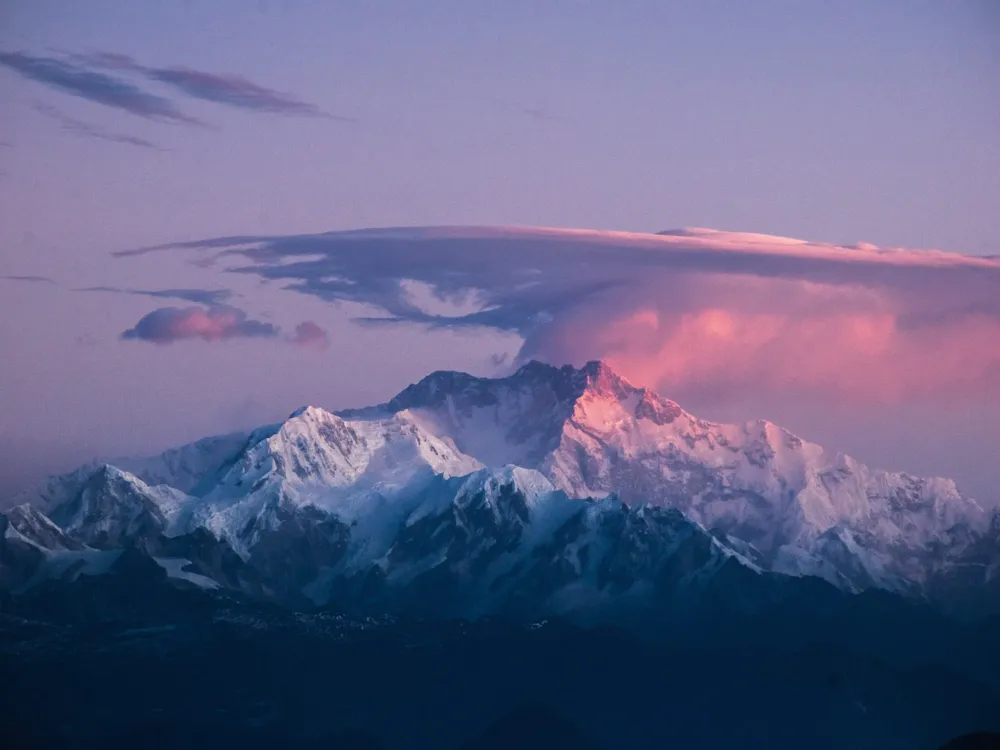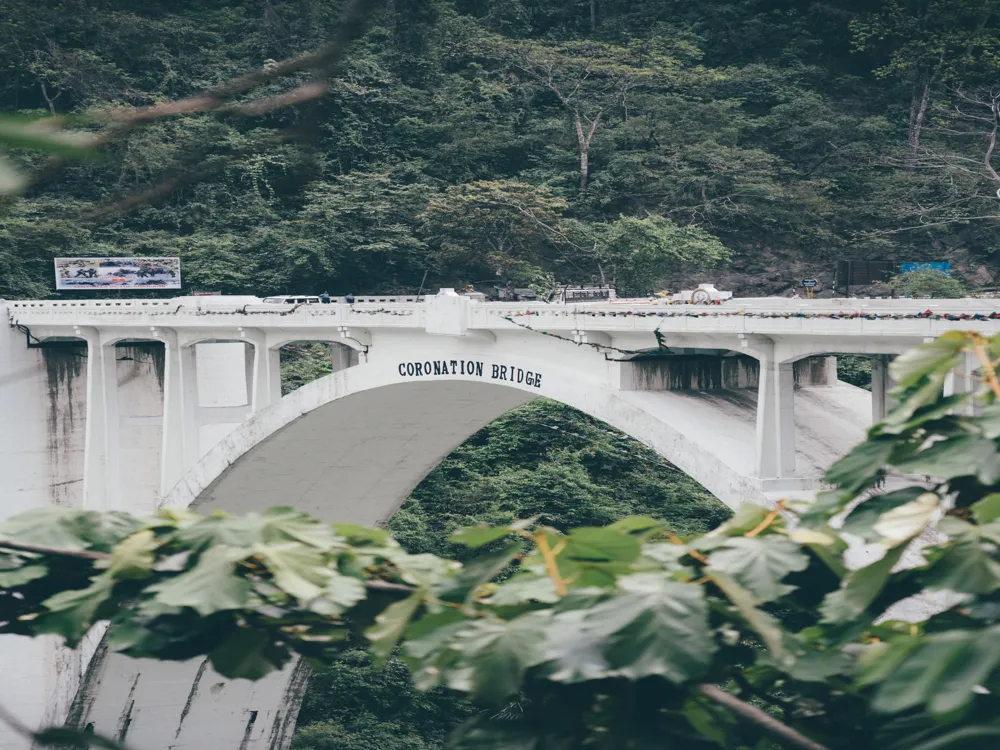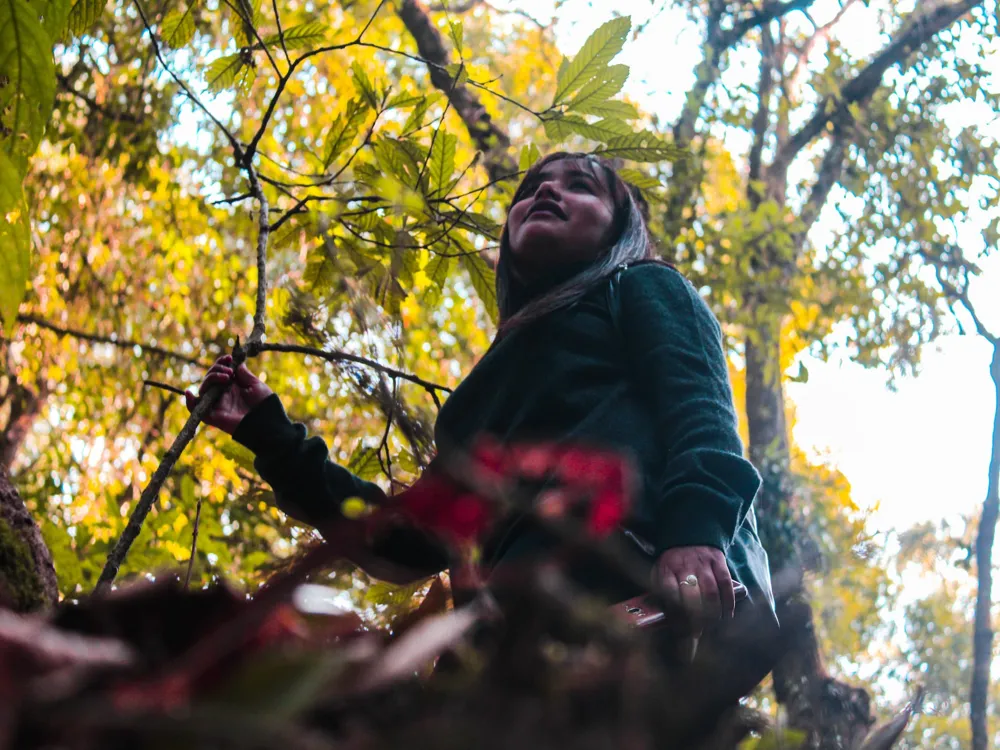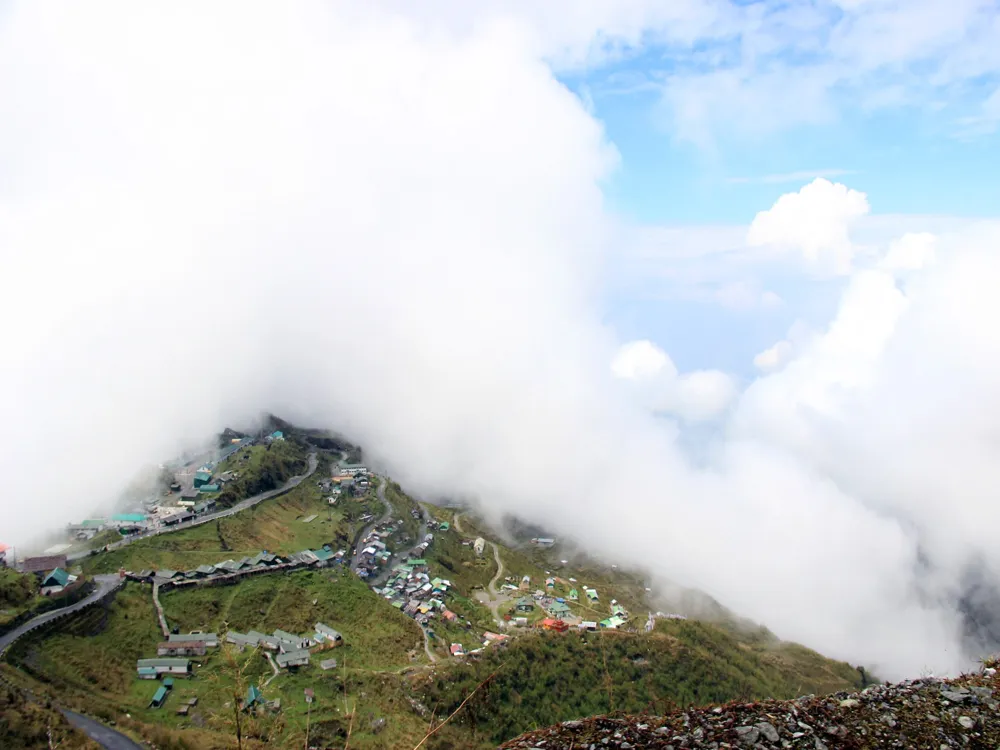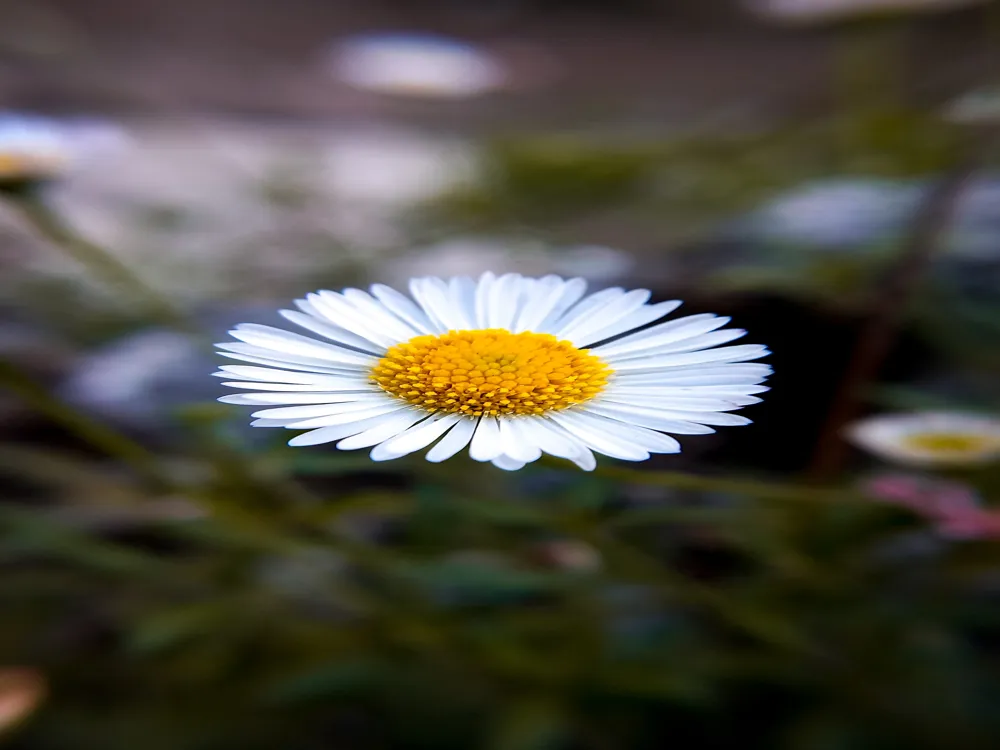Tharpa Choeling Gompa, located in the serene hill station of Kalimpong in West Bengal, India, is a beacon of Buddhist spirituality and culture. Established in the early 20th century, this monastery belongs to the Yellow Hat (Gelugpa) sect of Tibetan Buddhism, famously associated with the Dalai Lama. The Gompa, set against the backdrop of the majestic Himalayas, is not just a religious site but also a testament to the rich cultural tapestry of the region. It draws visitors and devotees from around the world, offering a tranquil retreat for those seeking spiritual solace or an insight into Buddhist practices and philosophies. As you step into the premises of Tharpa Choeling Gompa, you are immediately embraced by an atmosphere of peace and reverence. The Gompa is home to a vibrant community of monks who dedicate their lives to the study and practice of Buddhism. Visitors can observe and even participate in daily rituals and prayers, offering a unique glimpse into the monastic lifestyle. The monastery also serves as an educational center, imparting teachings on Buddhist philosophy and scriptures. The architecture of Tharpa Choeling Gompa is a visual delight. Traditional Buddhist motifs, intricate murals, and Tibetan art adorn the walls, illustrating stories from Buddhist lore and the life of the Buddha. The prayer hall, at the heart of the Gompa, houses magnificent statues of the Buddha, Avalokiteshvara, and other deities, surrounded by rows of prayer wheels and fluttering prayer flags that add to the spiritual ambiance. Beyond its religious significance, Tharpa Choeling Gompa plays a pivotal role in preserving the cultural heritage of the Tibetan community in Kalimpong. It serves as a center for cultural festivals, especially during Losar (Tibetan New Year), when the Gompa comes alive with traditional dances, music, and ceremonial rituals. The Gompa's location in Kalimpong, a hill station renowned for its panoramic views, orchid nurseries, and colonial-era architecture, adds to its allure. The town's multicultural fabric, with influences from British, Indian, and Tibetan cultures, makes it a fascinating destination for travelers. The architecture of Tharpa Choeling Gompa is a harmonious blend of traditional Tibetan and local Indian styles, reflecting the confluence of cultures in Kalimpong. The Gompa's structure is characterized by a multi-tiered, sloping roof typical of Tibetan design, adorned with vibrant prayer flags that dance in the wind. The exterior walls are painted in bright colors, featuring intricate patterns and Buddhist symbols that are not only aesthetically pleasing but also carry deep spiritual meanings. As one enters the main prayer hall, the attention to detail in the craftsmanship becomes evident. The hall is lined with thangkas – traditional Tibetan Buddhist paintings – depicting various deities, scenes from the Buddha's life, and important Buddhist teachings. These thangkas are not just artistic masterpieces; they serve as tools for meditation and teaching. The use of vibrant colors and gold leaf in these paintings captures the essence of Tibetan art. The interior of the Gompa is adorned with wood carvings, sculptures, and murals. The carvings often depict dragons, lotuses, and other symbols important in Buddhism, each symbolizing different aspects of the teachings. The murals, which cover the walls and ceilings, are painted in natural dyes and are known for their longevity, retaining their vivid colors for decades. The central shrine of the Gompa houses statues of the Buddha and other deities, crafted in metal and stone, and adorned with precious stones and metals. These statues are not just worship icons; they are exemplary pieces of Tibetan craftsmanship. The intricate designs on the statues, including the delicate facial features and ornate garments, demonstrate the skill and devotion of the artists. The architectural design of Tharpa Choeling Gompa is not only about aesthetic beauty but also functionality. The layout of the Gompa facilitates the conduct of religious ceremonies and community gatherings. The spacious prayer hall, with its high ceilings, ensures that chants and prayers resonate, creating an immersive spiritual experience. Tharpa Choeling Gompa is a place of religious importance. Visitors should dress modestly and behave respectfully. It's recommended to remove shoes before entering the prayer areas and to refrain from loud conversations within the monastery premises. While photography is allowed in most areas of the Gompa, it's crucial to ask for permission before taking photos, especially inside the prayer hall. Some areas may have restrictions on photography to maintain the sanctity of the space. Visitors may have the opportunity to observe or participate in religious rituals. It's important to seek permission from the monastery authorities before participating or observing up close to ensure that religious practices are not disrupted. Opting for a guided tour can enhance the experience, as guides provide valuable insights into the Gompa's history, architecture, and religious practices. They can also assist in navigating the cultural nuances of the monastery. Tharpa Choeling Gompa, situated in Kalimpong, is accessible by various modes of transportation. The nearest airport is Bagdogra Airport, about 80 kilometers away. From the airport, one can hire a taxi or take a bus to Kalimpong. The nearest railway station is New Jalpaiguri (NJP), which is well-connected to major Indian cities. From NJP, Kalimpong is a few hours' drive. Within Kalimpong, local taxis and shared cabs are available to reach the Gompa. It's advisable to check the local transportation schedule and road conditions, as they can vary depending on the season. Read More: Overview of Tharpa Choeling Gompa, Kalimpong, West Bengal
Architecture of Tharpa Choeling Gompa
Tips When Visiting Tharpa Choeling Gompa
Respect the Local Customs and Traditions
Photography Guidelines
Participate in Rituals with Permission
Guided Tours
How To Reach Tharpa Choeling Gompa
Tharpa Choeling Gompa
Kalimpong
West Bengal
₹ 9,500 onwards
View kalimpong Packages
Also Refered As:
Gaden Tharpa Choling Monastery
Kalimpong Travel Packages
View All Packages For Kalimpong
Top Hotel Collections for Kalimpong

Private Pool

Luxury Hotels

5-Star Hotels

Pet Friendly
Top Hotels Near Kalimpong
Other Top Ranking Places In Kalimpong
View All Places To Visit In kalimpong
View kalimpong Packages
Also Refered As:
Gaden Tharpa Choling Monastery
Kalimpong Travel Packages
View All Packages For Kalimpong
Top Hotel Collections for Kalimpong

Private Pool

Luxury Hotels

5-Star Hotels

Pet Friendly







